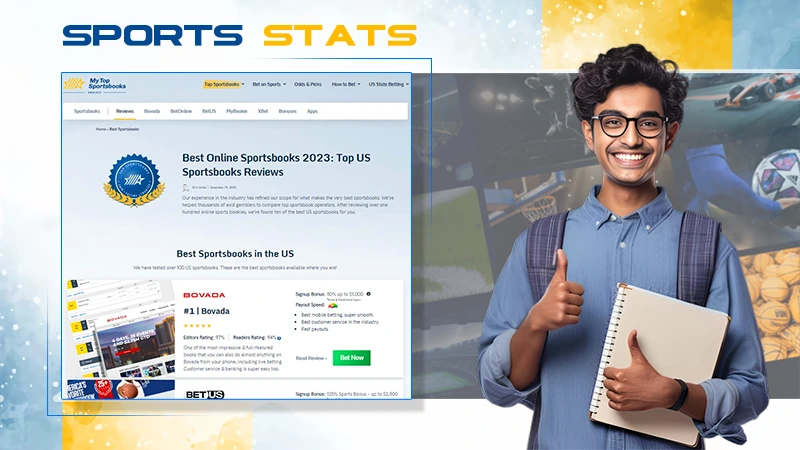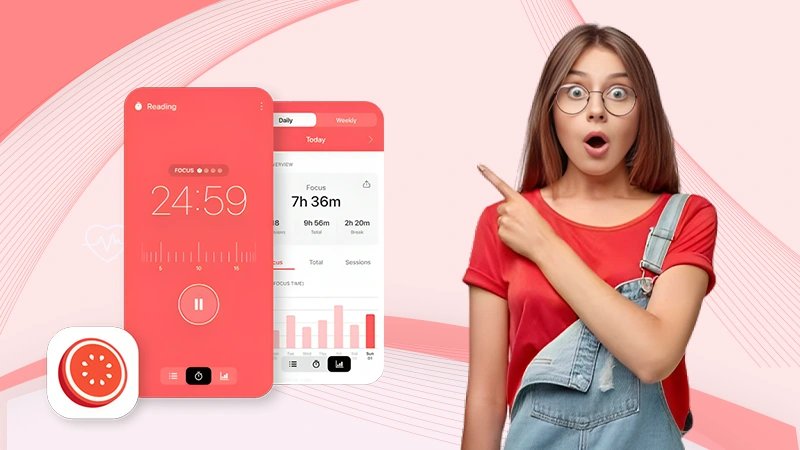Banking and managing finances are changing thanks to fintech. Payments, loans, crowdfunding, asset management, cryptocurrencies, and many other financial services are available in the financial services industry. Fintech apps make money management easier by creating a better user experience (UX).
With fintech apps, your users can get a lot of financial data, but they’ll also get it presented in an easy-to-understand way without adding a lot of complexity. It’s tough to develop a fintech app when finances are quite a challenging topic. The concept of “good or not so good looking” in fintech app design has already been transcended. It helps you anticipate what users need and solve their concerns quickly.
Surf has developed fintech and banking apps from the ground up and has many experiences. During the project, the team learned much-needed technical stuff about UI/UX design issues and how to fix them. Our article will focus on the major challenges facing fintech designers.
Let’s see what will form the most popular applications in the industry in the years to come.
This is What Fintech App Design is All About
In today’s world, visual content is more attractive than ever. A good visual design should make the user want to stay on your page after the first few seconds. If not, they’ll just forget what they saw. Don’t underestimate the power of pictures. You can’t expect your audience to grow if it doesn’t really like your fintech app.
“Most people think design is just how it looks. That’s not actually what we really think design is. It’s not always about how it looks like or feels like.” Jobs, Apple’s longtime CEO, said that design is how things work, and that is how an awesome fintech design should be.
It should help users get what they want. Your fintech app should not just be used for specific tasks but also really get people involved.
Most of the time, fintech apps are discussed in terms of UX and UI. What are UI and UX? Let’s talk about the differences:
User interface design is how an app looks graphical. Clickable buttons, text, images, text entry fields, and everything else the consumer interacts with are all included. The user interface includes all the screen elements, including layout, transitions, animation, and every single micro-interaction.
“UX” design means “user experience” and is about how a fintech app interacts with the user. User interface designers create the user interface basics used in the app, which are critical to its usability.
To recap, UI designers, create the visual aspect of the user interface, whereas UX designers figure out how to make it work. The UI and UX teams need to communicate closely to make an easy-to-use final product.
What Makes a Good Fintech App?
I’d like to talk about some general principles to consider when developing a fintech mobile app before we start talking about specific features:
It’s all about the customer experience and feedback in fintech apps.
It’s universal advice, so it’s not just for fintech developers; it’s for anyone trying to create a high-quality app. To make the most successful app, start by getting to know your customer, identifying their difficulties, and creating an engaging experience. It should solve users’ pain points and make their lives easier at the same time.
The most promising fintech solutions are always adapting to user feedback throughout the whole app life cycle.
An app’s overall security needs to be considered when designing it. Talking about your finances, security is incredibly critical. You have to provide lots of personal information to ensure your transactions are secure. The purpose of data collection and its safety must be explained to users. An ideal fintech app should do this.
Fintech app design can adapt as business needs change. It takes time for a business to grow, gain an audience, launch new products, and often change growth directions. You need a flexible fintech app design. Business goals need to be aligned with the development options that the organization has.
Designing fintech apps that render complex data easy to use is key. To predict the outcome of an interaction, the brain simplifies perceptions of things. Make the data easier and more foreseeable to understand when a user first sees it. Don’t make things complicated for the users. Explain all the numbers and figures you display and why financial data is there; otherwise, particular features will not make sense.
Developing a decent fintech app fosters healthy financial habits and educates the user. Depending on its design, a habit-forming app could use discrete techniques, like optimistic reinforcement. Users can get rewards for completing tasks, achieving financial milestones, or just completing simple actions within the app, so they feel reinforced for taking action.
Finest Practices & Benchmarks for Fintech App Design
We’re picky about specific UX and UI features of the most famous fintech apps that have already gained traction. Here are some ways to overcome these fintech design difficulties:
Challenge:
They’re swamped with features and information as soon as they start using an app.
Make sure your fintech app understands the motivations and objectives of the users who use it. But many fintech users aren’t familiar with technical terms or can’t figure out how to accomplish specific goals right away.
Strategies:
Guide users. Don’t just give them everything right away. To tailor the approach to each person, ask them why they are taking certain actions, goals, and plans for the future.
Example:
In Surf, we created a concept for an investment app that caters to users’ individual goals and aspirations. First, the app will figure out the user’s motivation to make investments so you know what kind of investments you should make and which tools to use. Before a user gets full access to this app, there are a couple of questions to answer. Investing can be done for various reasons, like saving for an emergency fund, preserving current funds, making quick cash, etc. There’s more than one way to do it. The app’s virtual assistant uses information about the user’s goals to offer them solutions that suit them exactly.
Educate users. Finance is complicated, as we said. It’s normal for users to be confused by terms and expressions with which they’re familiar. So just make sure you educate them. Let’s break down some financial terms and terms, give a few tips, and make it easier for you to grasp personal finance.
Example:
The Swiss financial advisor Moneypark easily explained some challenging concepts. How long it takes to pay off, how much it costs, and how much interest it costs without congesting the app.
Challenge:
Fintech apps sometimes have too much text, or the text isn’t clear, but all texts should be clear to everyone.
Strategy:
Consider the tone of your product and your content strategy. You should also keep a UX writer and a UX developer in contact. Translations may require larger fields or more space if your app supports multiple languages.
Example:
Surf developed a unique corporate banking application for Rosbank, Société Générale’s Russian subsidiary. The text is all adaptable and easy to read. We either explain all functions in a short, sharp way or name them in a quiet, transparent way.
Challenge:
There are a lot of apps that deal with tedious stuff in fintech. Managing one’s money is always boring.
Strategy:
Standard fintech apps make using them more enjoyable. Motivating reinforcements and a smooth flow boost inspiration and confidence. The idea is to make things exciting, so you don’t get bored. Make managing money fun!
Example:
Save and invest with Twine, an app that keeps you motivated. Their investment portfolios or savings plans tell them when and how they’ll get there. They know their dreams come first, so their portfolio or savings plan makes sense.
Challenge:
Animated apps can be built in countless ways, but they can complicate information perception or overload them.
Strategy:
You should always use animations in fintech apps for a reason. You can use animations to let users know how their actions turned out. Let them see the result right away.
Example:
Animated notifications on Pockee’s family banking app make it easy to see what’s going on. You can see everything from ATM availability to task completion.
Challenge:
It’s not just about the visuals in fintech apps. Colors have a lot more meaning too. Certain colors represent some types of information. Seeing red and green means buying and selling, and if your color scheme drowns them out, you’re missing out on important information. You may also need to choose colors depending on the country you will use your app.
Strategy:
Inspect the color wheel attentively and understand simple color schemes while considering the fundamental rules of color combination. Don’t use bright colors, as they can hurt your eyes.
Example:
Rosbank’s app has a dark grey and red color scheme. Icons and buttons are separated from other info and account details this way:
Bottom Line
With an accessible and sophisticated fintech app design, you can stand out from the crowd. Here’s how:
- Fintech app design doesn’t only focus on appealing visuals and vibrant colors. Basically, it’s a tool for anticipating users’ needs and solving their problems at the speed of light;
- Your fintech app should encourage individuals to use it in various ways, not just for specific tasks. This could only be achieved by the nifty app’s UI/UX design;
- It’s important to design fintech apps that take feedback from customers, their experience, and app security into account;
- Make sure you consider its future use when designing a fintech app. The design must be adaptable and able to change with the business;
- Good fintech apps make complicated financial info simple to use and encourage users to learn;
- Don’t overload them with specific info. Make sure you explain specific terms as you monitor them through the app;
- Take extra care with copy and microcopy. Make existing texts short and straight to the point;
- Don’t make them bored. Make a simple design that has a smooth flow to boost motivation and confidence;
- Think about how you’re going to show your data. Use different layouts for different types of data;
- Select colors following color combination rules; make sure not to use too bright colors that might confuse users;
- Use animations wisely to let people know what they just did or make navigation easier. Don’t use them just for decoration.
















